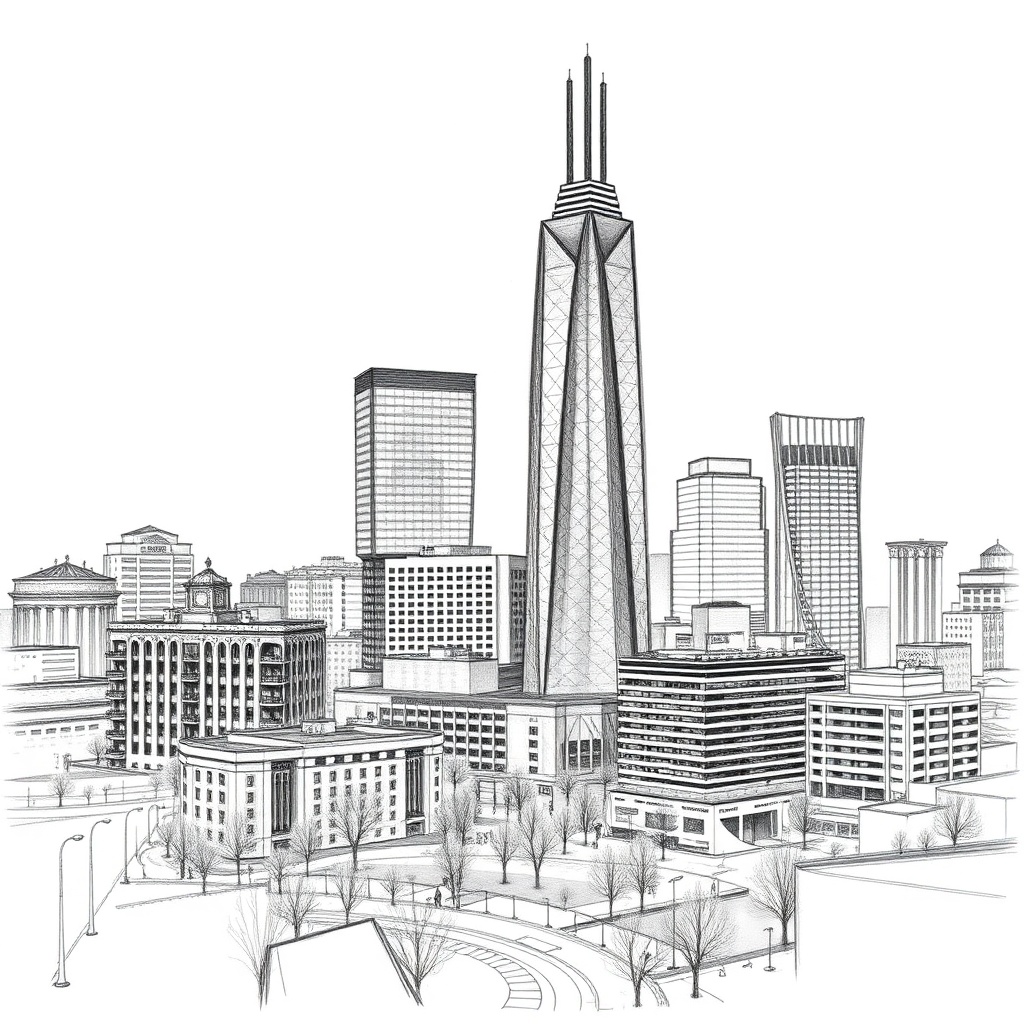Houston’s bayous are more than drainage channels — they’re the city’s rivers of life, offering recreation, wildlife habitat, and a frontline defense against flooding. As neighborhoods expand, the network of greenways and parks along Buffalo, Brays, White Oak, and other bayous has become central to how Houstonians live, commute, and connect with nature.
What the bayous offer
– Recreation: Paved and natural-surface trails serve walkers, runners, and cyclists, while kayak and canoe launches invite paddlers to explore urban waterways. Parks along the bayous host community events, fitness classes, and outdoor art.
– Nature and wildlife: Riparian corridors support birds, turtles, frogs, and native plants—important urban biodiversity pockets that help cool neighborhoods and absorb stormwater.
– Flood resilience: Vegetated buffers, restored wetlands, and expanded floodplains slow runoff and reduce pressure on drainage systems, complementing engineering projects focused on stormwater management.
– Connection and equity: Trails link neighborhoods that were once disconnected, expanding access to green space, transit options, and economic activity.
Highlights worth exploring
– Buffalo Bayou Park: A signature urban park with trails, public art, gardens, and paddle access. It’s a strong example of how restoration and design can transform an industrial corridor into a community asset.
– White Oak and Brays Bayou Greenways: Continuous trail segments provide excellent bicycle commuting routes and family-friendly outing options, with nearby cafes and cultural sites.
– Neighborhood pocket parks: Smaller restored stretches often reveal surprising wildlife and quiet places for reflection away from busy streets.
Tips for visiting
– Plan for heat and humidity: Carry water, wear breathable clothing, and time outings for mornings or late afternoons during warm spells. Shade is plentiful in many sections but can be sparse on certain trail segments.
– Check trail conditions: Sections vary between paved, crushed stone, and natural surface.
Look for local trail maps and park websites for closures or maintenance alerts.
– Join a paddle or guided walk: Local groups run guided paddling trips and nature walks that are safe, educational, and a great way to learn river etiquette.
– Be wildlife-savvy: Observe animals from a distance, keep dogs leashed where required, and avoid feeding wildlife.
– Use multi-modal access: Many greenways connect to transit stops and bike-share hubs, making it easy to combine a trail ride with a bus or light-rail trip.
How communities are enhancing the bayous
Public-private partnerships, nonprofit stewardship, and volunteer programs are driving improvements: invasive species removal, native plantings, trail maintenance, and educational programming. These efforts focus both on improving daily quality of life and building long-term resilience against larger storms.
How to get involved
– Volunteer for cleanup days, plantings, or citizen science surveys organized by local stewardship groups.
– Support advocacy for equitable greenway expansion so more neighborhoods gain access to safe, walkable trails and natural areas.
– Participate in community design meetings and public input sessions when projects affecting local bayous are proposed.
The bayous are a living, evolving network.

Whether you’re looking for an easy weekend stroll, a new bike commute, or a chance to learn paddling basics, Houston’s bayou greenways offer accessible ways to reconnect with nature and strengthen neighborhood resilience.